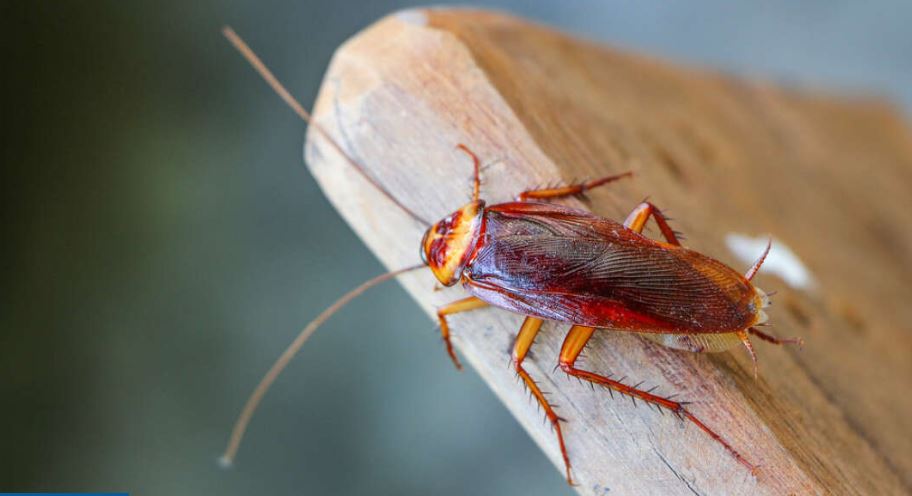A new CRISPR technique allows scientists to directly edit Cockroaches genomes at will, which they will use to edit cockroaches without the difficult process of egg injection. The researchers believe their new process could be used on a huge array of insects and creates solutions to the mountain of problems Cockroaches geneticists face.
“In a sense, Cockroaches researchers have been freed from the annoyance of egg injections,” says senior study author Takaaki Daimon, Kyoto University, in a statement.
“We can now edit Cockroaches genomes more freely and at will. In principle, this method should work for more than 90% of Cockroaches species.”
The results are published in the journal Cell Reports Methods.
The new technique is called “direct parental” CRISPR (DIPA-CRISPR), and involves the injection of genetic editing materials into the mother insect while the eggs are developing. Doing so introduces mutations in the developing eggs that are inherited, creating offspring that will carry the desired genetic changes.
Previously, scientists had to use microinjection of genetic material into the developing embryos – a difficult technique, often not even possible in many insect species due to their reproductive systems preventing access to the embryo. For those that could, the process was expensive, requiring both specialist tools for each individual insect species, and workers skilled enough to use them. This meant research performed on one species was difficult to replicate on another, and some species (like the cockroach) were almost impossible to genetically edit.
Using simple injection of CRISPR materials and desired RNA, the scientists induced mutations in the offspring of cockroaches with an efficiency (how many of the offspring carried the mutation) of 22 percent, with results even better for other insect species. The replication of the method in two different species suggests the technique could be effective in many more, which insect genetics has been sorely lacking.
While the process is a huge breakthrough, it certainly needs some refining before it becomes industry standard. The efficiency is quite low compared to other uses of CRISPR, and DIPA-CRISPR is not applicable to fruit flies, which are among the most widely-used model organisms. However, the availability of the materials needed, and the basic techniques used in DIPA-CRISPR could allow for quick adoption once it is perfected.
“By improving the DIPA-CRISPR method and making it even more efficient and versatile, we may be able to enable genome editing in almost all of the more than 1.5 million species of insects, opening up a future in which we can fully utilize the amazing biological functions of insects,” Daimon continues.
“In principle, it may be also possible that other arthropods could be genome edited using a similar approach. These include agricultural and medical pests such as mites and ticks, and important fishery resources such as shrimp and crabs.”
May you like to read:
Breakthrough tech enables seizure localization in minutes
Gene therapy shows promise in treating neuropathy from spinal cord injuries

